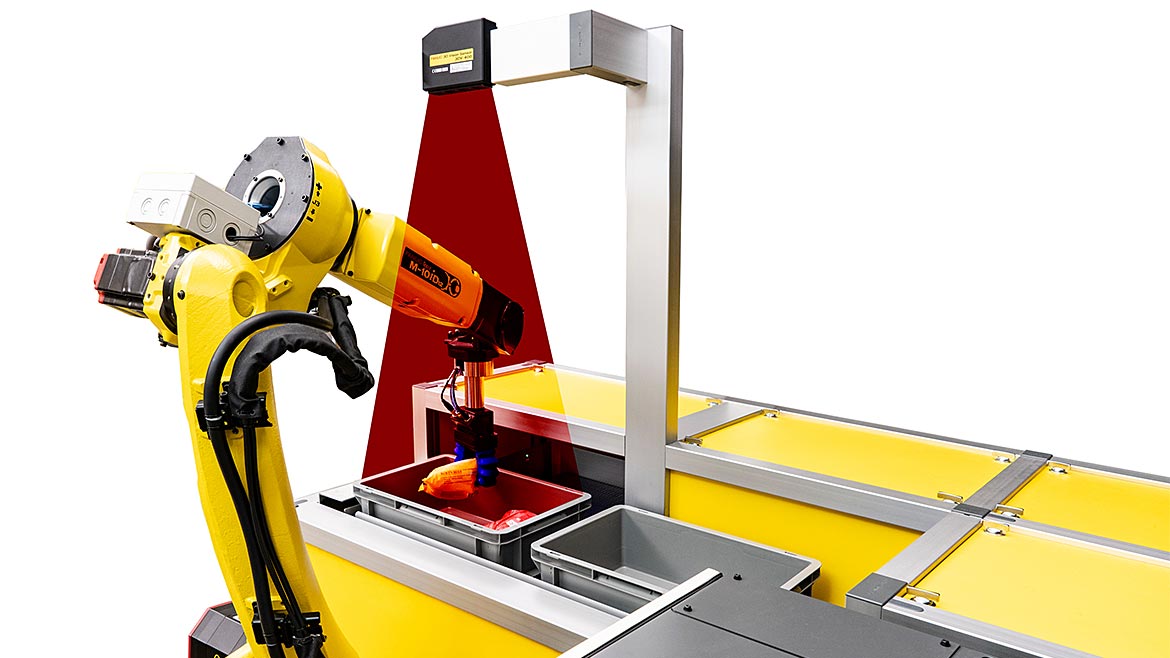An engineer’s checklist for evaluating fibre testing equipment solutions
Discovering the Function of an Optical Fibre Diameter Analyser in Ensuring Product High Quality
The role of an optical fibre diameter analyser is crucial in preserving product quality within the telecommunications market. These gadgets measure fibre diameter with precision, making certain consistency and performance. Variations in diameter can result in substantial signal loss, influencing communication dependability. As manufacturers goal for excellence, understanding the devices behind these analysers ends up being essential. What improvements exist in advance in this field, and just how will they form the future of optical fibre production?
Recognizing Optical Fibre Diameter Dimension
Measuring the diameter of optical fibres is an essential procedure in ensuring the performance and dependability of fibre optic systems. Precise measurement is crucial, as variants in diameter can substantially affect signal transmission and overall system performance. The measurement procedure usually utilizes sophisticated tools and methods, such as laser micrometers or optical fibre diameter analysers, which supply exact, real-time data.These gadgets can examine fibres' sizes with severe precision, often to micrometre levels. This precision aids determine potential defects or incongruities in the manufacturing process. Additionally, recognizing the diameter measurement entails identifying the value of elements such as temperature level, stress, and product properties, which can affect the final dimensions. By preserving stringent measurement procedures, producers can assure that the optical fibres satisfy industry standards and specifications, inevitably adding to the longevity and performance of fibre optic networks.
The Importance of Consistency in Optical Fibre Production
Consistency in optical fibre manufacturing is important for ensuring precision in producing procedures. Variants in diameter can substantially affect performance metrics, impacting the general quality and dependability of the fibre. As a result, standardization and quality control measures are necessary to keep harmony and improve product efficiency.
Accuracy in Manufacturing Processes

Influence on Efficiency Metrics
Guaranteeing uniformity in optical fibre diameter substantially affects efficiency metrics throughout different applications. Regular diameter causes ideal light transmission, reducing signal loss and enhancing total performance. When fibres keep a conventional size, the probability of problems lessens, enhancing dependability in telecoms and information transfer (optical fibre diameter analyser). In addition, consistent sizes facilitate less complicated assimilation into existing systems, minimizing compatibility issues. Variations in diameter can cause changes in attenuation and dispersion, negatively affecting performance. By utilizing an optical fibre diameter analyser, suppliers can very closely keep track of and change manufacturing procedures, fostering a higher level of harmony. This uniformity not only enhances the top quality of the end product yet additionally reinforces consumer fulfillment, confirming vital for maintaining competitive advantage in the optical fibre market
Standardization and Quality Assurance

Exactly How Optical Fibre Diameter Analysers Work
Optical fibre diameter analysers run via a mix of light transmission and advanced measurement methods to precisely evaluate the diameter of optical fibres. These tools utilize a laser or LED light that gives off click here for more a light beam routed at the fibre under evaluation. As light communicates with the fibre, it is refracted and scattered, enabling exact measurements.The analyser captures the light using a high-resolution electronic camera or photodetector, which converts the optical signals into electric signals. Advanced algorithms after that refine these signals, computing the diameter based upon the intensity and distribution of the light.The system generally includes calibration attributes to ensure accuracy, utilizing known requirements to verify measurements. By continually keeping track of the fibre diameter, these analysers assist preserve compliance with market criteria and specs, ensuring regular item quality. Improved automation in modern analysers additionally simplifies the procedure, helping with real-time evaluation for manufacturers.
Impact on Signal Honesty and Communication Dependability
A regular and precise optical fibre diameter is vital for maintaining signal integrity and communication integrity in fibre optic networks. Variations in diameter can cause enhanced light loss, leading to degraded signal high quality and wikipedia reference reduced transmission ranges. When fibres are not uniform, problems such as modal diffusion and attenuation might arise, which can misshape the data being transferred and lead to errors in communication.Furthermore, abnormalities in fibre diameter can impact the efficiency of connectors and splicing, causing more signal destruction. This variance can compromise the overall dependability of network systems, impacting whatever from net rate to telecommunication clarity.
Enhancing Production Efficiency With Advanced Modern Technology
Preserving uniform fibre diameter is crucial for assuring dependable communication systems. Advanced innovation, particularly the optical fibre diameter analyser, plays a crucial role in improving manufacturing effectiveness. By supplying real-time measurements and accurate information regarding fibre diameters, this technology enables producers to swiftly determine inconsistencies from required requirements. Production processes can be readjusted promptly, reducing waste and reducing downtime.The assimilation of automated systems streamlines high quality control, permitting for consistent monitoring throughout the production process. This not just increases production however additionally enhances overall item quality, leading to less issues. Additionally, progressed analytics allow makers to maximize their processes based upon empirical data, assisting in constant renovation. As an outcome, the optical fibre diameter analyser adds substantially to lowering functional prices and boosting throughput, eventually cultivating a more one-upmanship in the marketplace. By accepting these advancements, manufacturers can assure their products fulfill the highest possible requirements of high quality and reliability.
Future Patterns in Optical Fibre Quality Guarantee
As the optical fibre sector evolves, find out this here future patterns in quality control will prominently include developments in measurement technology. These technologies will allow extra precise evaluations of fibre diameter, enhancing general product honesty. Additionally, the assimilation of automated quality control systems promises to improve processes and enhance uniformity in manufacturing.
Developments in Measurement Innovation
With the consistent evolution of optical fibre modern technology, the need for precise measurement devices is a lot more essential than ever before. Current advances in measurement modern technology have caused the advancement of innovative optical fibre diameter analysers that use high-resolution imaging and laser-based methods. These developments make it possible for makers to achieve greater precision and repeatability in diameter measurements, vital for maintaining stringent top quality criteria. In addition, the combination of expert system and equipment discovering algorithms boosts data analysis, permitting for real-time modifications throughout manufacturing procedures. As the sector accepts these technological innovations, they promise to improve effectiveness, lower waste, and ensure the integrity of optical fibres in different applications, ultimately sustaining the expanding requirement for high-performance interactions infrastructure.

Automated Quality Assurance Systems
While the optical fibre market continues to breakthrough, the application of computerized quality assurance systems is positioned to reinvent top quality assurance procedures. These systems utilize innovative algorithms and real-time information evaluation to check fibre diameter and various other vital criteria with unequaled precision. By incorporating optical fibre diameter analysers with automated systems, makers can detect inconsistencies from requirements instantaneously, lowering the risk of problems. Additionally, automation minimizes human error, improves consistency, and increases manufacturing timelines. As industries progressively adopt Sector 4.0 principles, the function of automated quality control systems will increase, facilitating a seamless connection between production and quality control. This change not only assures higher product quality however also fosters innovation and efficiency throughout the production procedure.
Often Asked Inquiries
What Aspects Impact the Optical Fibre Diameter Dimension Accuracy?
Elements influencing optical fibre diameter measurement accuracy consist of ecological conditions, calibration of measurement tools, operator method, the level of sensitivity of the measuring device, and the physical buildings of the fibre itself, such as material composition and surface abnormalities. (robotic vision)
How Often Should Optical Fibre Diameter Analysers Be Calibrated?
Calibration regularity for optical fibre diameter analysers generally relies on use intensity and maker referrals. Routine checks, typically regular monthly or quarterly, guarantee measurement accuracy and dependability, thereby maintaining the stability of the manufacturing procedure.
Can Environmental Issues Impact Dimension Outcomes?
Environmental conditions can significantly affect measurement results. Variables such as temperature, humidity, and air pressure may affect the performance of measurement tools, potentially leading to errors in the results obtained from optical fibre diameter evaluation.
What Are the Usual Sorts Of Optical Fibre Diameter Analysers?

Exactly how Do I Select the Right Analyser for My Production Demands?
Choosing the ideal analyser entails reviewing manufacturing requirements, consisting of fibre type, diameter range, and measurement precision. Furthermore, analyzing the analyser's calibration, compatibility with existing tools, and user interface can significantly influence the decision-making procedure.